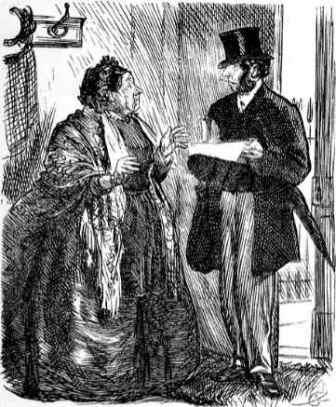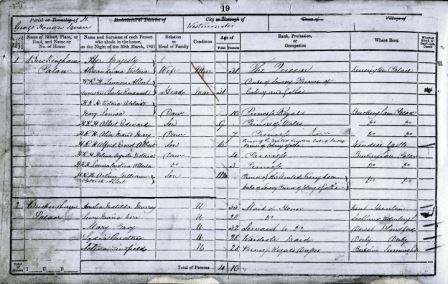Using the Census for Family History

What is the purpose of taking a census? It certainly was not originally intended to help would-be genealogists!
Run by the Office of National Statistics [ONS] and completed every 10 years since 1801, this year it is on Sunday 21st March. They say they are making it easy for everyone to take part because you will be able to provide your information either online or in a paper return.
Data from censuses (in England and Wales) are held by the ONS, who make it available to public bodies. Government departments and local authorities then use the information to guide decisions on allocating funding to, for instance, education and health services, the planning of infrastructure, and economic development strategies. The census records help to monitor numbers and diversity of population, areas of deprivation, and transport demands. Analysis by public bodies is at an aggregated, anonymous level. However, that is not necessarily at a high level, since areas as small as 125 households can have their statistics analysed. The use and value of census-derived data is at its most visible today, perhaps, as the basis for the wealth of statistics we are able to see on Coronavirus and vaccination rates.
Ten years ago, in its planning for the needs of the 2011 census, the ONS noted that ‘the data are also widely used by academics, businesses, voluntary bodies and the public’. Yes, the public; that’s us who are interested in our family history! Because the census is built up of very detailed records of people, it is vital fodder for the genealogist, together with the perhaps more familiar birth, marriage and death [BMD] certificates.

Censuses commenced in 1801 and, with the exception of 1941, have been undertaken every 10 years thereafter. Until the 1851 census, no details of individual people were recorded but, since then, an increasing amount of detail has been collected by successive surveys. Name, age, gender, relationship to head of household, occupation, religion, disability, place of birth, for all present at every address is included. A real indication of how a family may have lived can be developed through searching successive censuses and, by reference to supporting data from BMD certificates, links of children to parents can be confirmed. Having identified the names of your ancestors, further searches can be made of, say, newspaper archives, school roles, trade directories and passenger lists to get a fuller and more colourful picture of their lives.
The census is relatively accessible, especially in this digital age. Rarely are they free, though, unless you access records at The National Archives [TNA] or at a public library. Transcribing historic paper records to a digital format is labour-intensive and thus expensive. Two of the leading commercial companies control licensing, albeit some partial records are available via other sources, sometimes at no cost. Frustratingly but not unsurprisingly, the transcriptions of elderly, hand-written survey records is of variable quality. Patience and double-checking between sources is advisable, as is looking at originals rather than just transcriptions. Family history can be a frustrating hobby (or obsession), but the satisfaction when a brick wall in your research is broken down is a memorable event!
For the public, census records are available to view only up to 100 years ago. Later data is not available, for reasons of confidentiality of living persons, so you need not have too many worries about the sensitivity of any information you are going to give in the forthcoming 2021 census – unless you anticipate living another 100 years!
A final thought – I think you can imagine the building anticipation and excitement within the genealogy community ahead of the release of 1921 data, due in early 2022.
Kay Lovell [based on the original by Graham Woodbury, Romsey & District u3a Genealogy Group]
The above account relates primarily to England and Wales. In Scotland the records are held by ScotlandsPeople and by PRONI for Northern Ireland. Sadly few 19th century Irish records survive.
